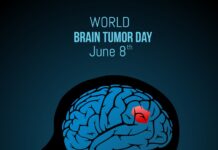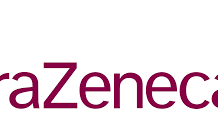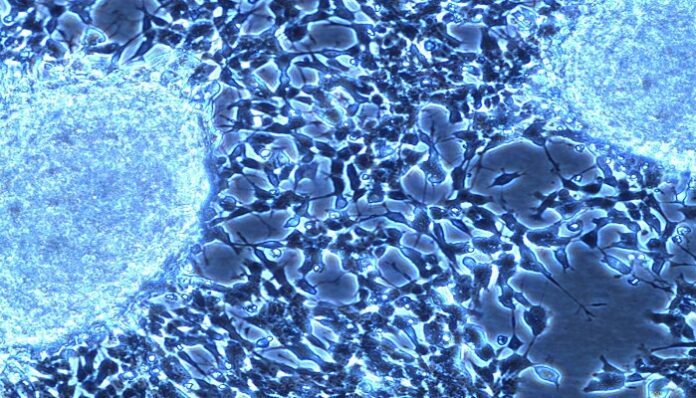Neuroblastoma is the most common solid tumour seen in children that occurs outside of the brain. It makes up to 8% of the total number of childhood cancers. Neuroblastoma develops from the cells left behind during a baby’s development in the womb. There is no environmental factor. It can occur in any part of the body.The common site of origin is either one of the two adrenal glands in the abdomen or in the nerve tissue that runs alongside the vertebral column, in the neck, chest, abdomen and pelvis. Many of these children with neuroblastoma present with spread to other parts of the body such as the bone marrow, bone, lymph nodes, liver and skin. Nearly 2/3 of neuroblastoma originate in the abdomen.This cancer is known to mimic some of the general pediatric problems due to the site of the primary tumour, metastatic disease and its metabolic tumour by-products.
They present with recurrent abdominal pain, failure to thrive, abdominal distention, neurological problems such as opsoclonus and myoclonus, bony pains, anemias, swollen eye or prominent eye, skin rashes, diarrhoea, high blood pressure,The overall prognosis of this cancer depends on the age, whether it has spread to other parts of the body, whether neuroblastoma cells show amplification of a particular gene called n-myc. Low-risk neuroblastoma (seen in infants) does well and overall survival is above 95%, whereas children with high-risk neuroblastoma do not do well.
They receive intensive chemotherapy, surgery, radiotherapy and differentiation therapy. In India, we do not have free access to immunotherapy which has been an important mode of therapy in Europe and the USA for the past 8 -10 years.Through extensive research going on about the development of this cancer as well as its treatment, no breakthrough has happened in the last decade.We see roughly around 10-12 children with neuroblastoma every year in Mangalore. The majority of the children who have this cancer are younger than 5 years (90%). Nearly 80% of them present in the advanced stage meaning, cancer would have spread to other parts of the body. The majority of these children with high-risk neuroblastoma initially responded well to treatment but more than 2/3 of them relapsed within 2 years from completion of treatment. None of our patients received immunotherapy due to non-availability.
We need to have different strategies and more clinical trials to find a better cure for these children with high-risk neuroblastomas.
This article has been authored by Dr Harsha Prasada L, Consultant Pediatric hematologist and oncologist, KMC hospital, Mangalore.
























